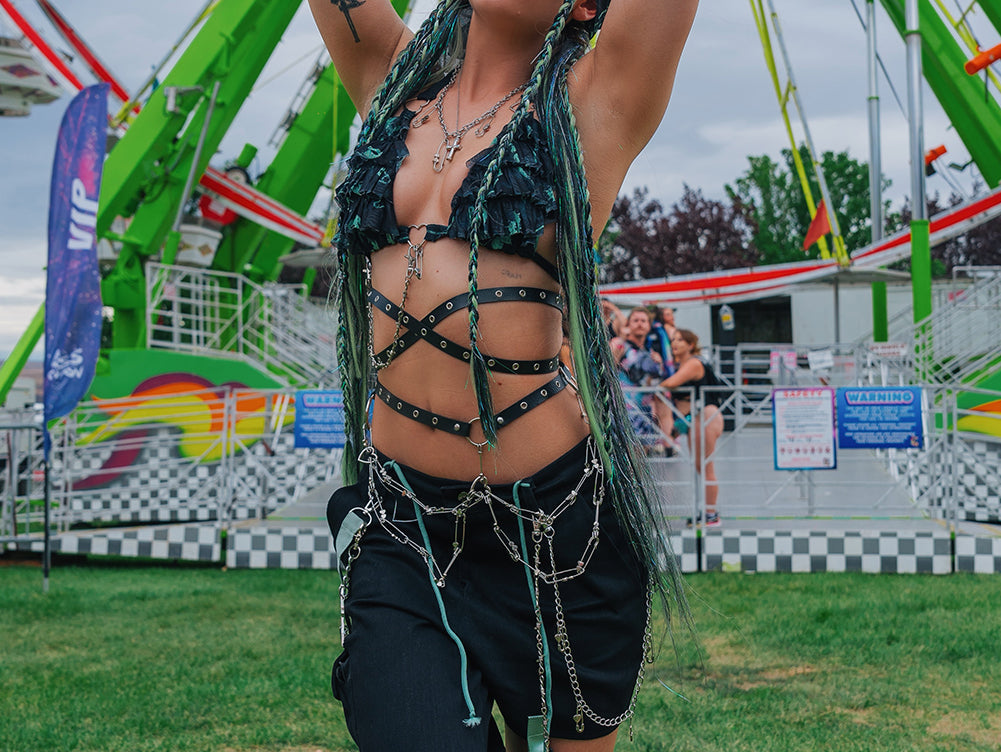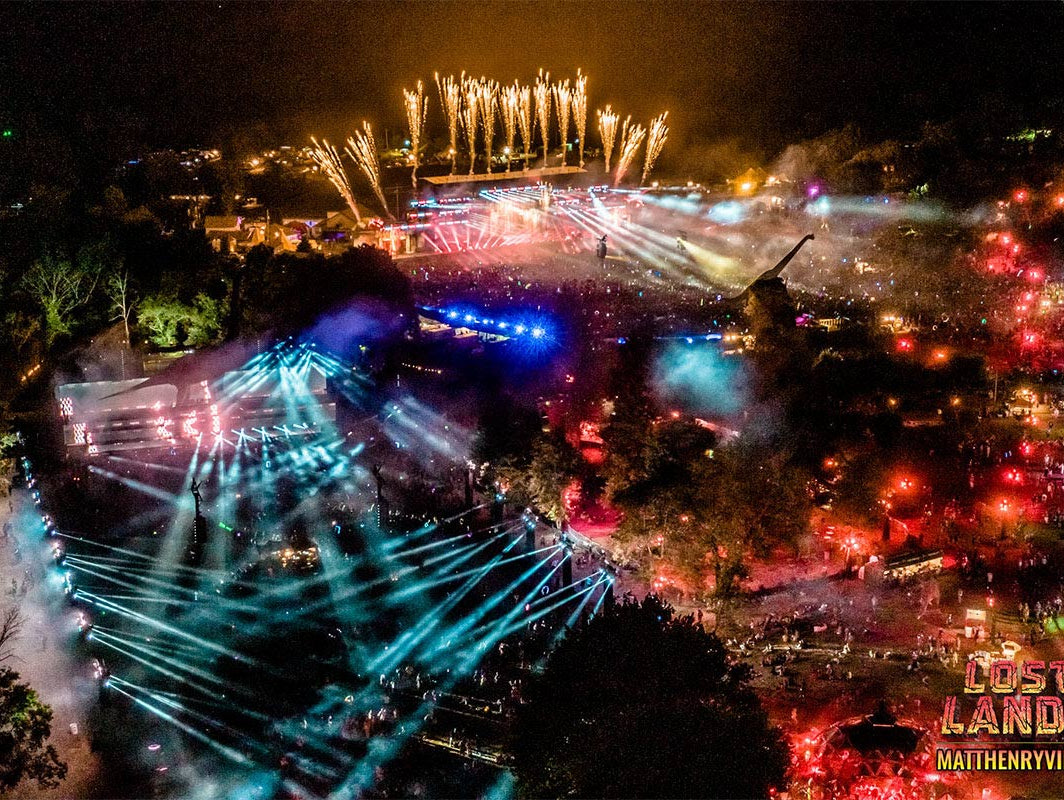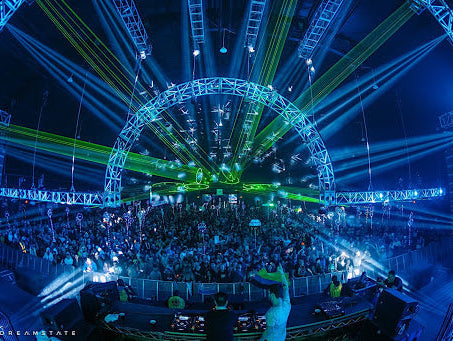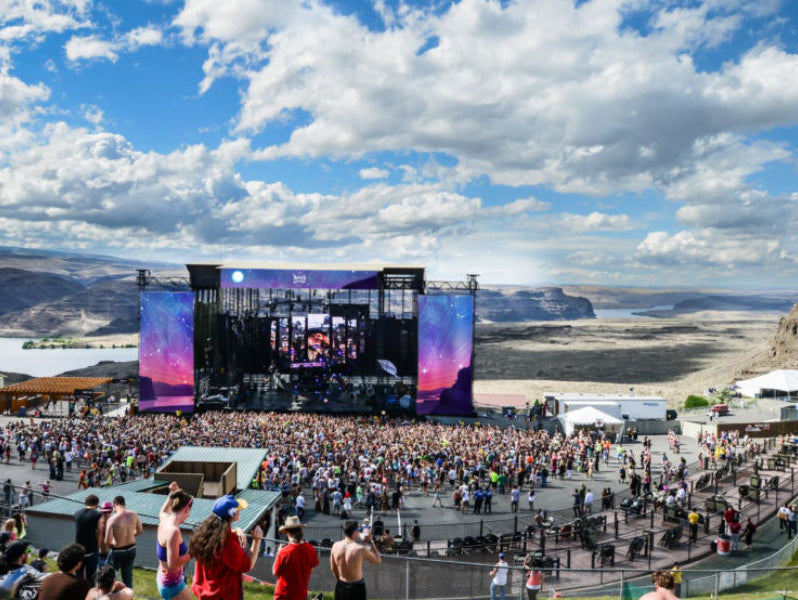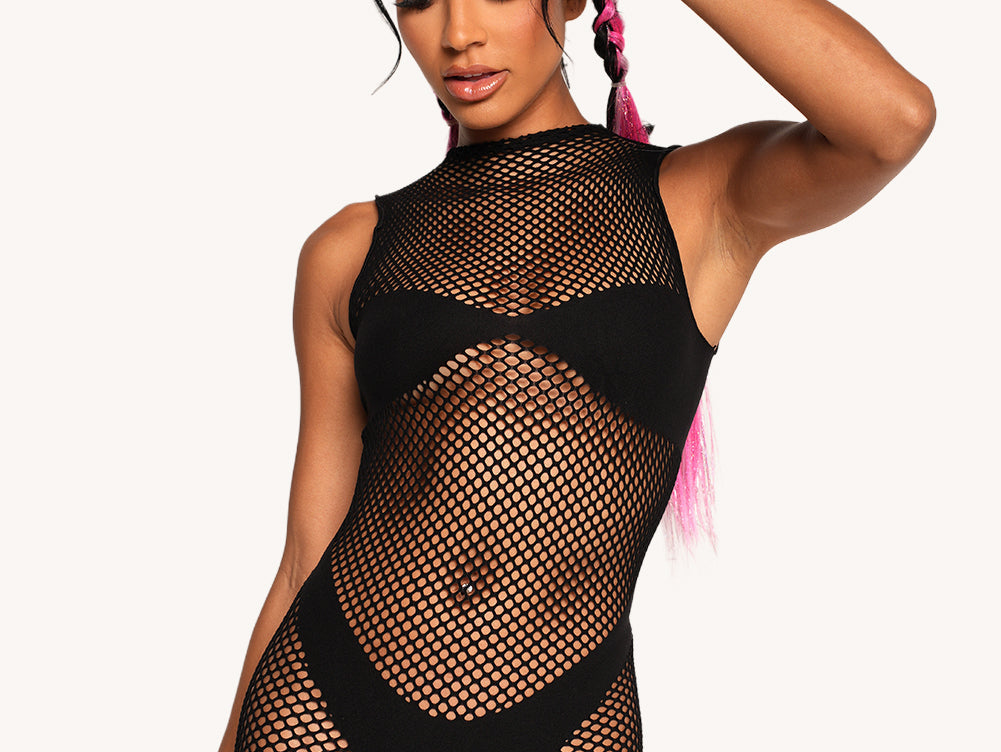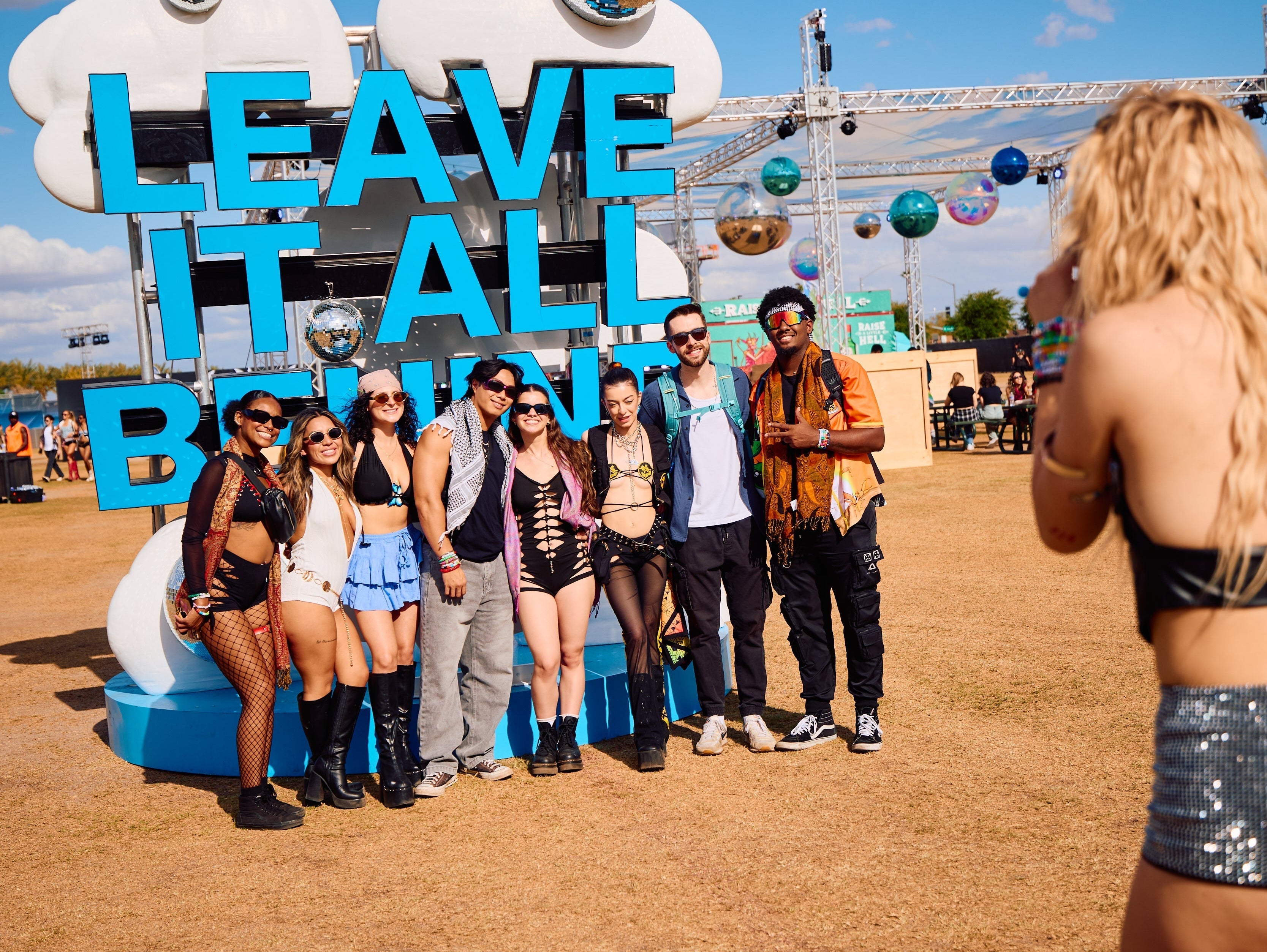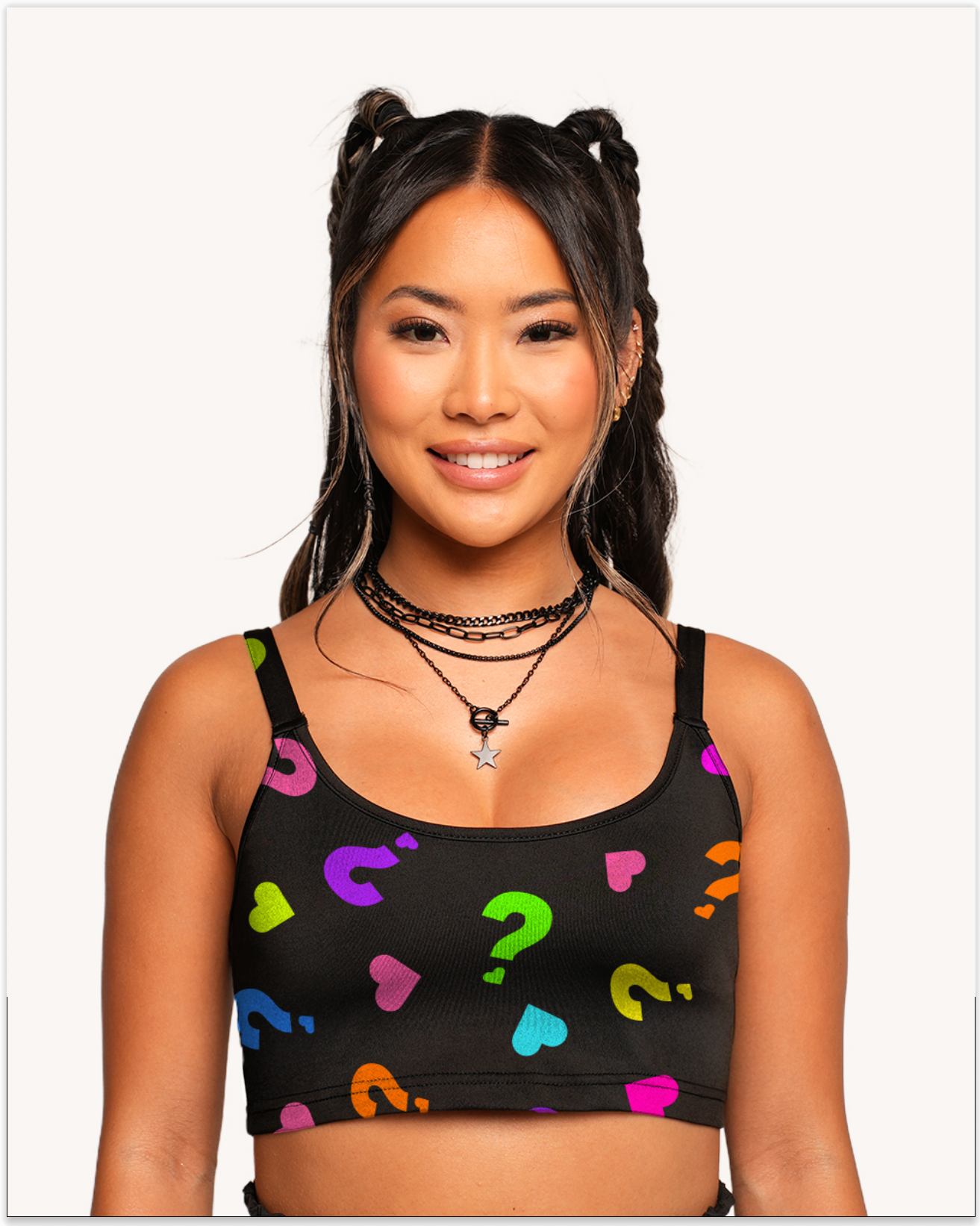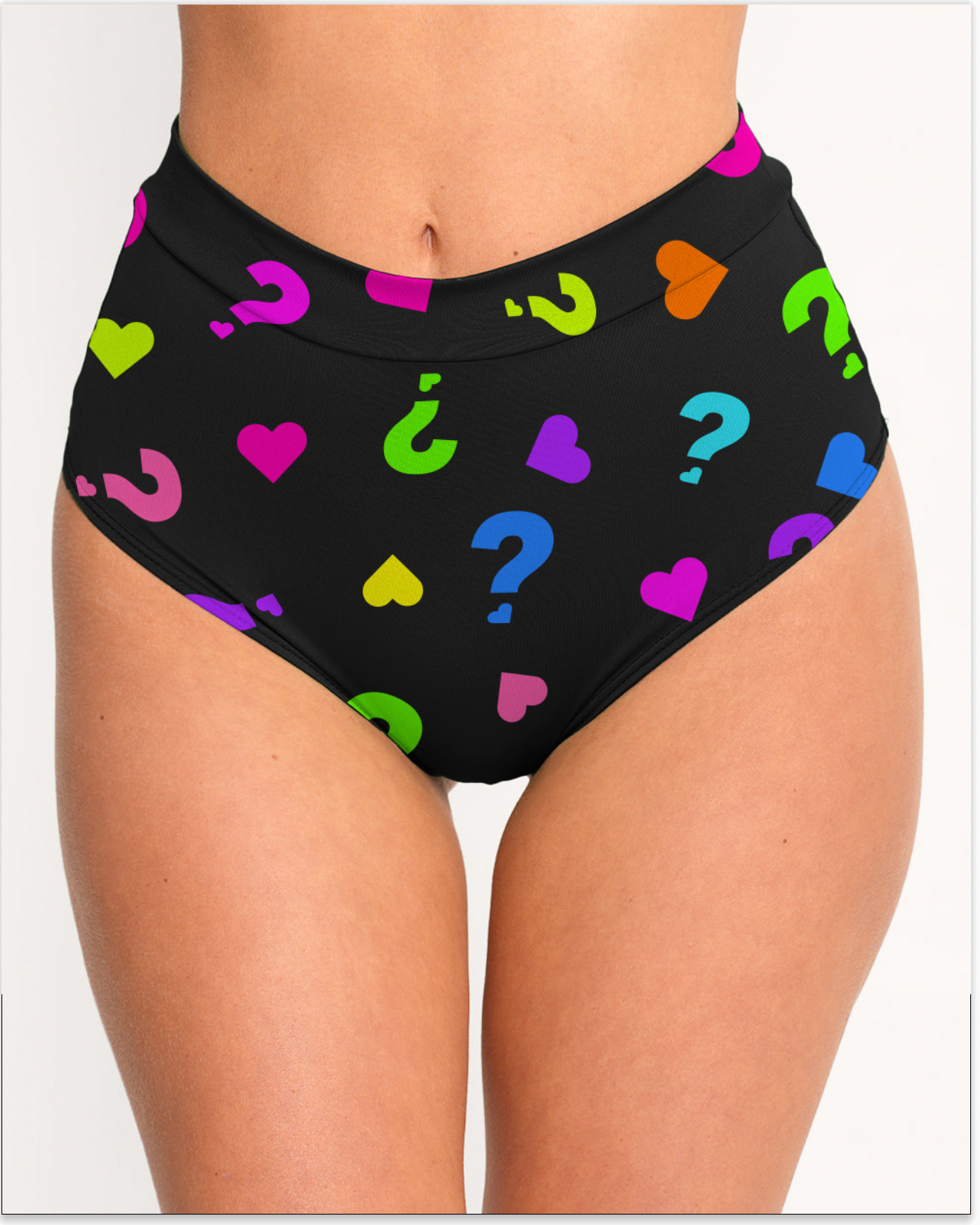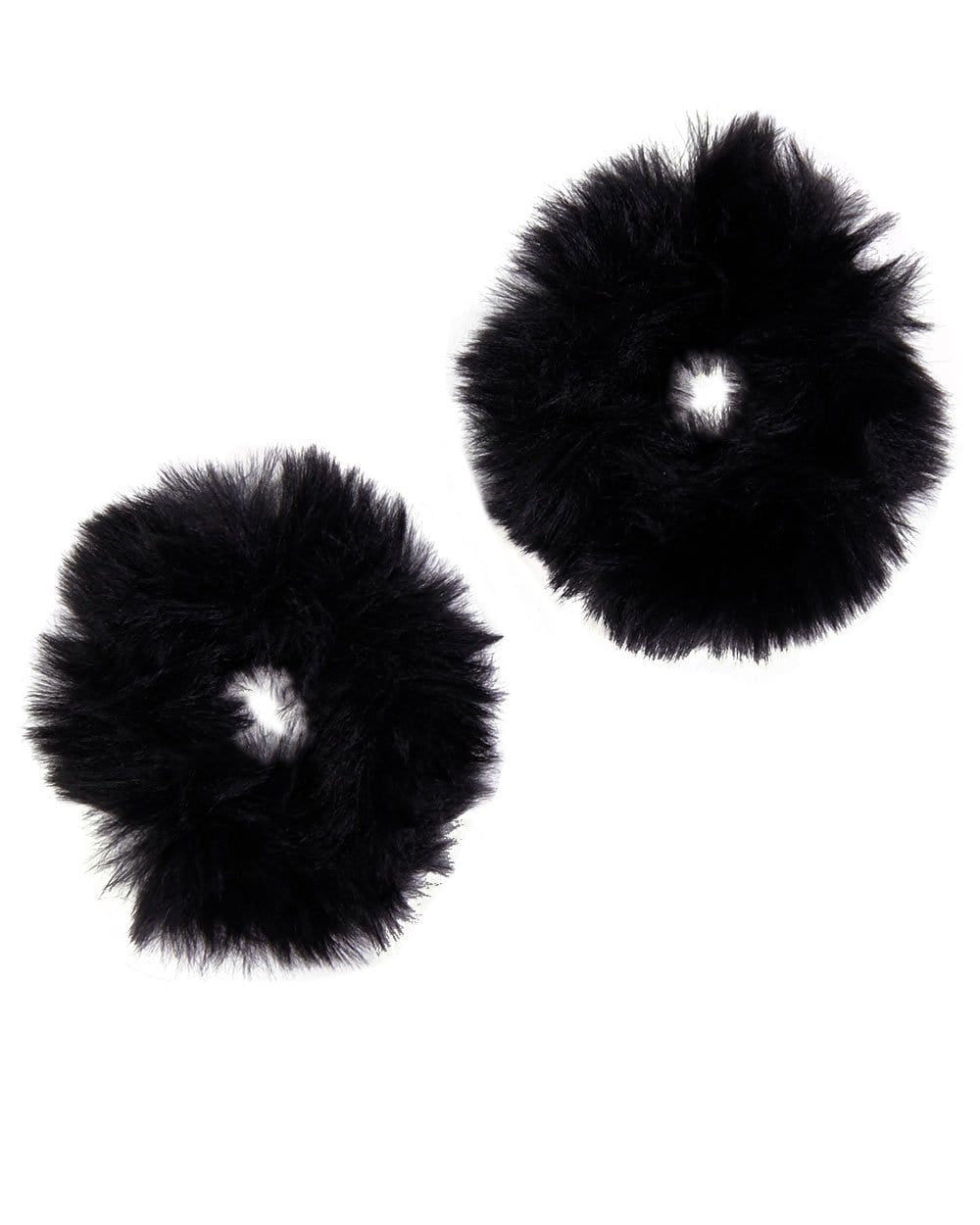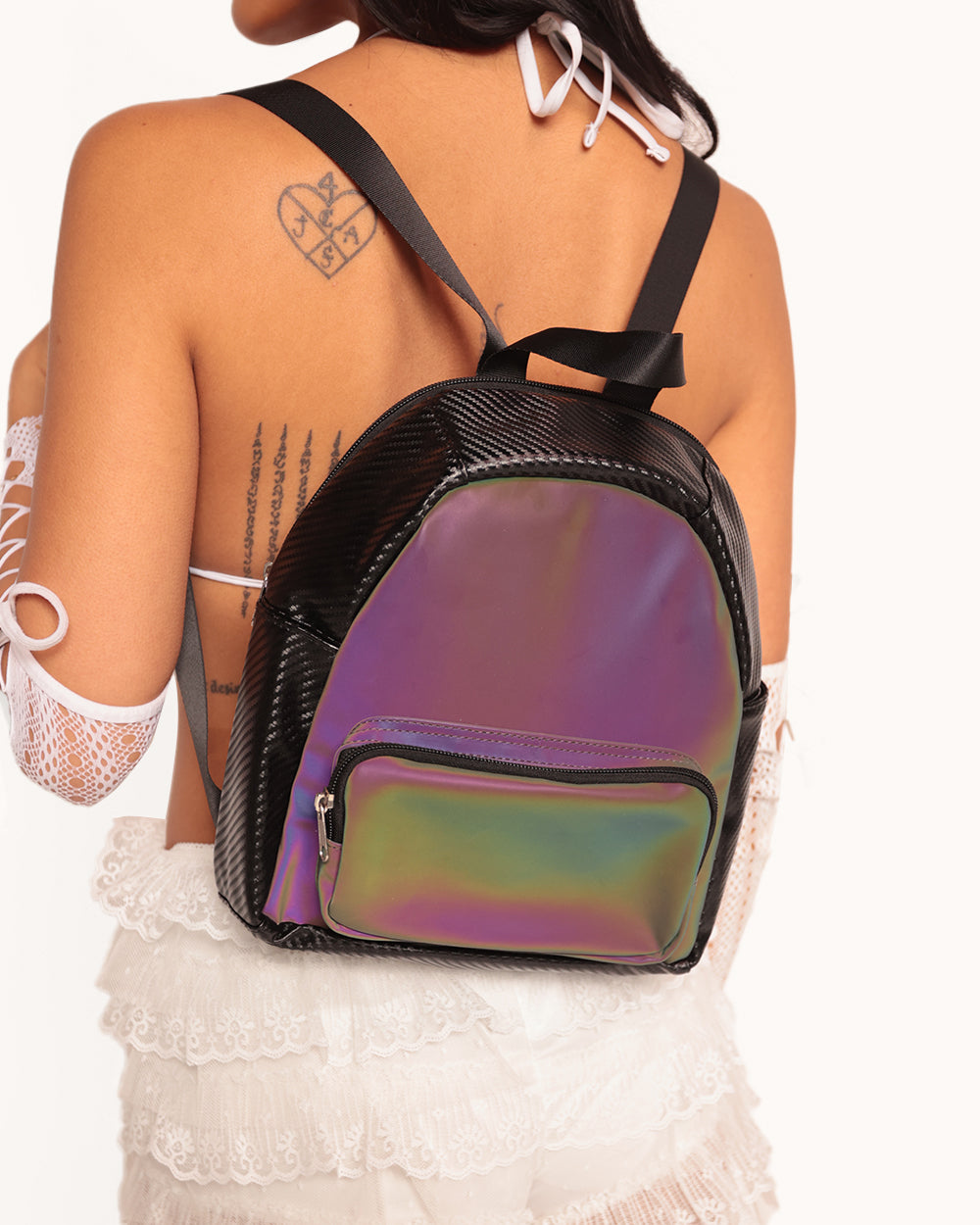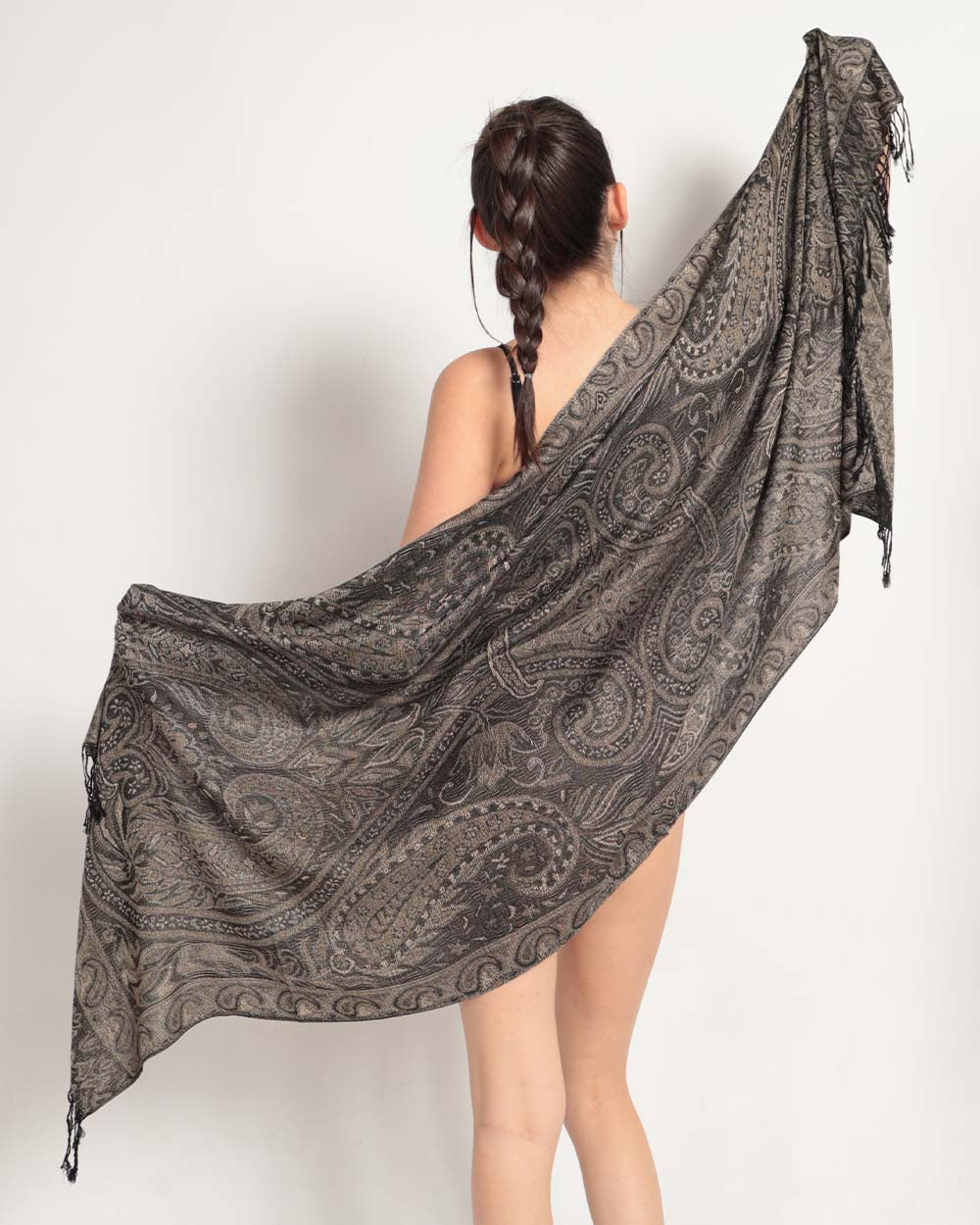“Picture thousands of ravers and Kandi Kids dancing in the desert,” started my conversation with 1990s rave veteran, Rosa Stockton. Out of the scene for over a decade now, Rosa would be surprised how times have changed (cue massive Electric Daisy Carnival aerial views) but also surprised how things have remained the same. Trends come and go but rave fashion from day one has revolved around fantasy and stepping out of everyday life. I spoke with two rave experts, Rosa and Brooke to get their insight on the ever-changing fashion in rave culture. Rosa began attending raves in the early nineties and is retired from the scene. Meanwhile, Brooke is a young college student and is still actively attending events. Both women were able to provide insight into the rave fashion trends over the years.
Since ravers first hit the club scene in late-1980s Europe, fashion trends have changed drastically. Early DJs such as Paul Oakenfold brought the atmosphere and sound to European clubs from vacations in Ibiza, which was a unique combination of Baleric from the islands and modern Europop from home. Clubbers wore designer outfits and hung around the bar to be seen but dancing to this new music quickly led to more comfortable, baggy and colorful outfits by the end of the decade.
Wide-Legged 1990s
Rosa Stockton before an event in the late 1990s modeling her favorite wide-legged pants.
“Whistle posse … Make some NOOOOOIIISE!” the MC would scream to hype the crowd up.
By the early 1990s, some ravers liked to be visually stimulating with bright colors, paisleys, tie-dye, glow sticks and kandi to enhance the effects of drugs. Ravers sucked on pacifiers to alleviate teeth grinding and dust masks were smeared with Vicks VapoRub, which intensified euphoric-enhanced effects. While not all ravers liked to get high, the fashion choices related to it became mainstays. When the industry emerged in the states, hip-hop influences came into play with Adidas shell toes, baggy sweatpants and surf-inspired streetwear. The music was more acid house and the clothes were fun. This is when the iconic bright yellow smiley-face tee became popular, among other ironic graphic tees.
Colorful furry animals, glitter pigtails, feather boas, rainbow suspenders, puppets, graphic tees and pacifiers by Michael Tullberg.
“I wore a few key pieces every time,” said Rosa. “My extra-big raver pants with padding on the knees from Hot Topic, an extra-small shirt with Powerpuff Girls on it, a track sweater and Adidas sneakers.” She said rave fashion was difficult to come by until she discovered Hot Topic but even then, it was a far cry from eCommerce giants like iHeartRaves.
Picture Delia*s catalog style, Spice Girls, and Angelina Jolie in Hackers all lit up with glow sticks and reflectors. The guys wore boiler suits, the same phat pants and colored spikey hair. Today’s booty-short wearing ravers might laugh at those massive pants but they were very practical because they kept dancers cool and had huge pockets to fit belongings. “OMG yes! Those pants look so comfy,” commented Brooke, also known as BassKitten. “I love the style. The colors are probably the best part because they’re so vibrant! I’d totally be interested in bringing these vibes back for sure,” she said.
Mountain Girl was taken in 1998 by Michael Tullberg at Midnight Sun in the mountains just north of Los Angeles.
Electronic photojournalist Michael Tullberg was interviewed when his book Dancefloor Thunderstorm: Land of the Free, Home of the Rave came out in 2015. He said: “The music and the positive social aspects of the scene that surrounded it have always served as the basis for this whole thing, and that’s as true today as it was back in the ‘90s.”
Sexy 2000s

iHeartRaves Unicorns at Wobbleland in Feb. 2018.
The entire scene lost its momentum in the early 2000s when underground raves became more and more illegal and started shifting back into the club. Dress codes were enforced and caused a milder look – but not for long. In 2010 the sound migrated to big room numbers like Flux Pavillion’s “I Can’t Stop” and the entire industry exploded again.
Rave fashion became more sexualized than ever as DIY embellished bras and bikinis started showing up and EDM artists became more mainstream. The massive wide-legged pants are gone altogether and, instead, barely-there booty shorts, pasties and leg wraps. We’re not as concerned about skimpy clothing as we used to be and are desensitized to nakedness being taboo. Also, let’s not forget that most EDM songs have a drop – and it’s kind of orgasmic.
Basskitten in one of her favorite outfits.
The adult playground theme will continue to carry on with huge, multi-franchise moguls like Pasquale Rotella creating EDC, Beyond Wonderland, Electric Forest and other festivals around the world. Their bright, circus of stages will forever offer a breeding ground for creativity, youthfulness and escapism for rave fashion.
Today, Rosa (@RockItWithRosa) is an online health and fitness coach, wife and mother of two. If she went to a show this weekend she would wear a brightly colored dress, “or I’d go with unicorns and something spiritual.” We can get down with that. Brooke, on the other hand, is a fulltime college student majoring in business management economics. She’s looking forward to seeing more experimentation with pasties and mesh outfits in the future.
Both women agree rave fashion has always offered a way for people to express themselves and cater to the desire to escape. “I believe we are empowered in all we do and this is just one example of us expressing that,” said Brooke.







